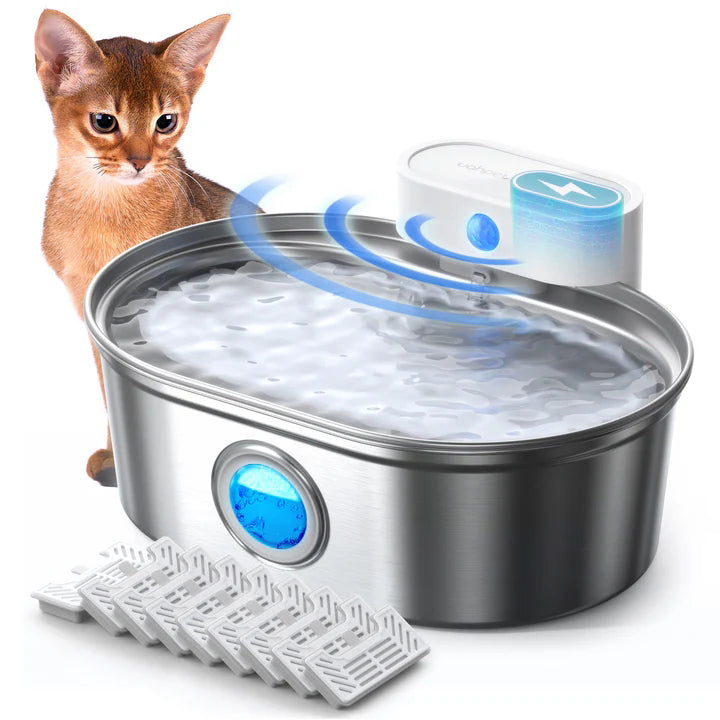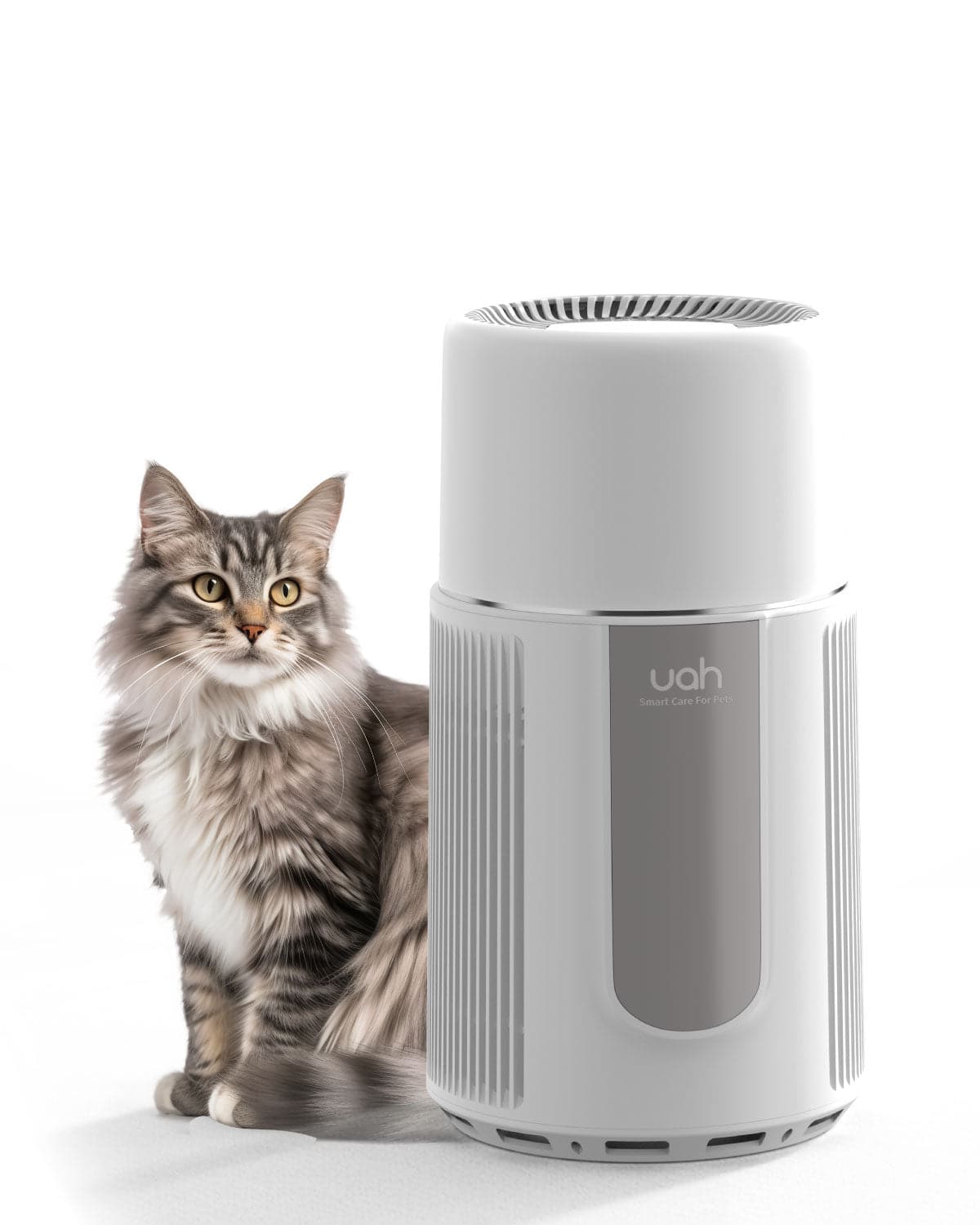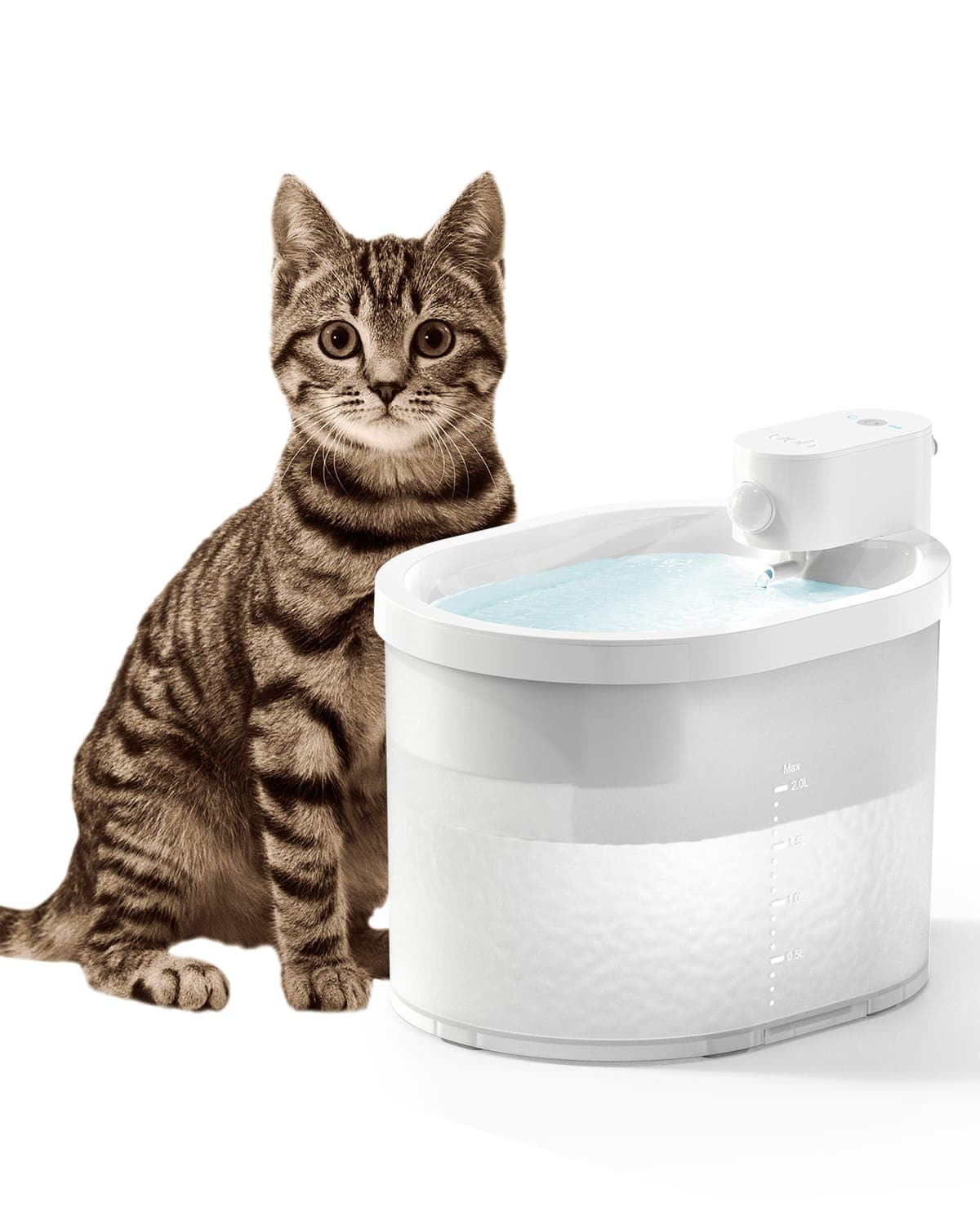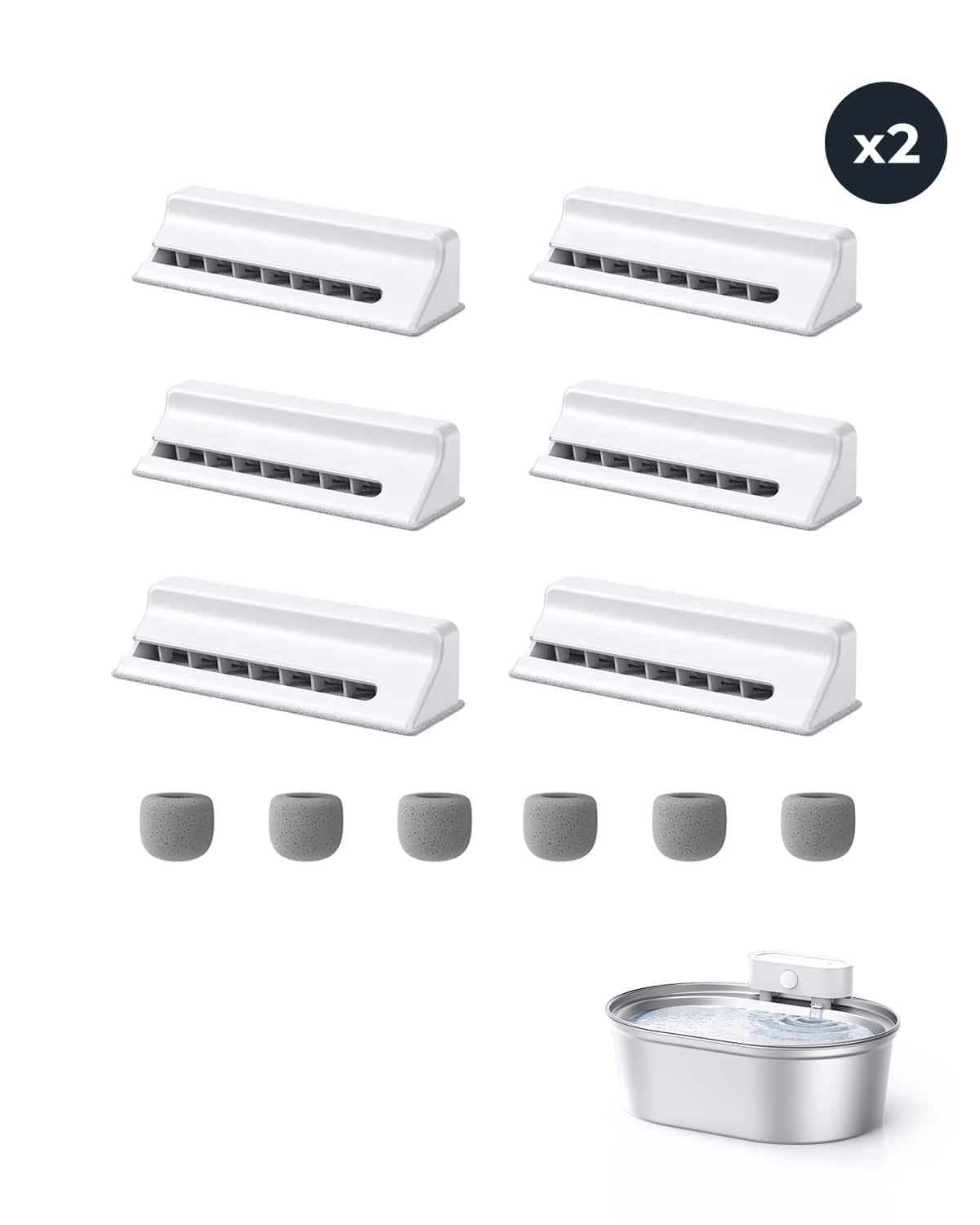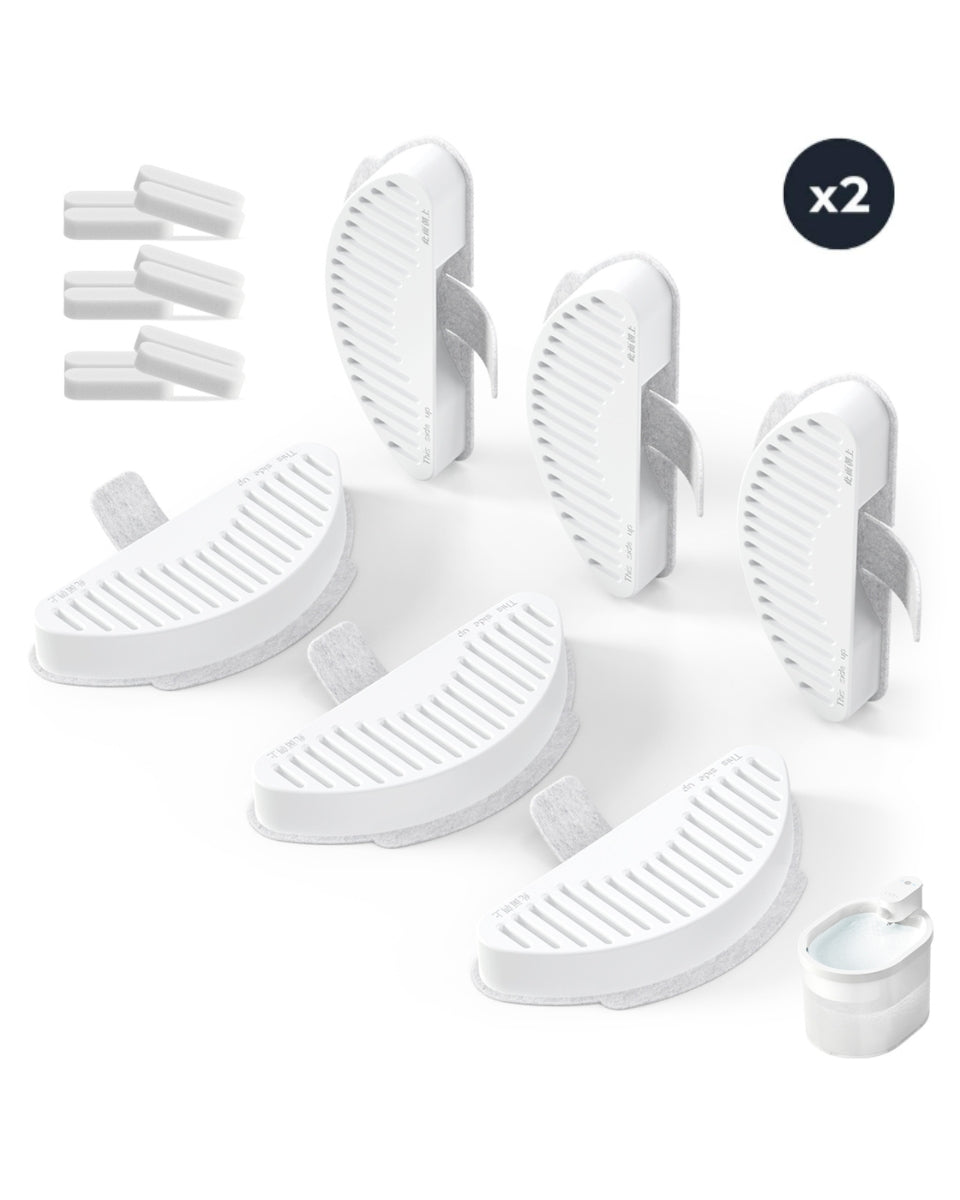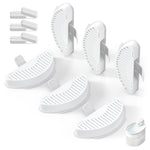Introduction
As a responsible dog owner, it's crucial to ensure that your furry friend stays hydrated. Water plays a vital role in a dog's overall health and well-being. In this article, we will explore the importance of water for dogs, the factors affecting their water intake, signs of dehydration, and how long dogs can go without water. We will also provide safety tips to help you keep your canine companion properly hydrated.
Importance of Water for Dogs
Water is essential for maintaining a dog's physiological functions. Just like humans, dogs depend on water for various bodily processes, including digestion, circulation, temperature regulation, and waste elimination. It helps transport nutrients, lubricate joints, and maintain healthy skin and coat. Adequate hydration is especially important for proper kidney function and the prevention of urinary tract infections.
Normal Water Intake for Dogs
The daily water intake for dogs varies based on factors such as size, activity level, age, and environmental conditions. As a general guideline, dogs typically need about an ounce of water per pound of body weight each day. For example, a 30-pound dog would require around 30 ounces (or approximately 887 milliliters) of water.
Read more: Should I Be Concerned If My Dog Drinks More Water Than Usual?
Factors Affecting Water Intake
Several factors can influence a dog's water intake. These include exercise level, diet (especially if consuming dry kibble), weather conditions (heat and humidity), and certain medical conditions. Dogs who are more active or spend time outdoors in hot weather will require more water to stay properly hydrated.
Signs of Dehydration in Dogs
It's essential to be able to recognize the signs of dehydration in dogs. Common symptoms include excessive panting, dry gums, loss of skin elasticity, sunken eyes, lethargy, and dark-colored urine. If you suspect your dog is dehydrated, it's important to take immediate action to rehydrate them and seek veterinary attention if necessary.
How Long Can Dogs Go Without Water?
Dogs can generally survive for about three to five days without water. However, this can vary depending on several factors, such as the dog's age, overall health, activity level, and environmental conditions. It's important to note that even if a dog can survive without water for a few days, it can have severe consequences on their health and well-being.
Read more: How Often Should I Refill My Dog's Water Bowl?
Effects of Dehydration on Dogs
Dehydration can lead to various health issues and complications in dogs. Prolonged dehydration can cause organ failure, urinary tract problems, electrolyte imbalances, and heatstroke. It can also negatively impact a dog's energy levels, cognitive function, and overall quality of life. Ensuring your dog has access to fresh water at all times is crucial for their well-being.
Safety Tips for Ensuring Sufficient Water Intake
To keep your dog properly hydrated, follow these safety tips:
- Always provide fresh and clean water in a clean bowl.
- Keep multiple water bowls in different areas of your home.
- Regularly check the water bowl and refill it when necessary.
- Consider using a pet fountain to entice your dog to drink more.
- Avoid leaving your dog outside without access to shade and water.
- When traveling with your dog, carry an adequate supply of water.
- Monitor your dog's water intake and seek veterinary advice if there are significant changes.
- Be cautious with water sources during outdoor activities to prevent your dog from drinking contaminated water.
- Offer water-rich foods like cucumber or watermelon as treats to increase hydration.
- Consider using ice cubes or frozen treats made from dog-safe ingredients to provide additional water intake.
Encouraging Hydration in Dogs
Some dogs may be reluctant to drink enough water. To encourage hydration:
- Ensure the water bowl is clean and odor-free.
- Try using stainless steel or ceramic bowls instead of plastic, as they are less likely to retain odors.
- Add a splash of low-sodium chicken broth or a few pieces of fruit to the water to enhance flavor.
- Place water bowls in easily accessible areas of your home.
- Incorporate wet food or water into your dog's diet if appropriate and recommended by your veterinarian.
Monitoring Water Intake
Monitoring your dog's water intake is essential for identifying any changes or abnormalities. Keep track of the amount of water your dog consumes each day, as well as any changes in behavior or urinary habits. This information can be valuable when discussing your dog's health with your veterinarian.
Water Alternatives for Dogs
While water should be the primary source of hydration for dogs, there are some water alternatives you can consider. These include natural coconut water (without added sugar or additives), bone broth, and watered-down low-sodium vegetable or chicken broth. However, it's important to consult your veterinarian before introducing any alternative sources of hydration.
Traveling with Dogs: Water Considerations
When traveling with your dog, always ensure they have access to water. Carry a portable water bottle or a collapsible bowl and offer water to your dog regularly, especially during long car journeys or outdoor activities. Plan your routes to include stops where your dog can drink and take bathroom breaks.
Special Cases: Puppies and Senior Dogs
Puppies and senior dogs require special attention when it comes to water intake. Puppies have higher water requirements due to their rapid growth and development. Senior dogs may have decreased thirst sensation, so it's important to monitor their water intake closely and ensure they have easy access to water.
Dehydration and Health Conditions
Certain health conditions, such as kidney disease, diabetes, and gastrointestinal issues, can increase the risk of dehydration in dogs. If your dog has a medical condition, consult your veterinarian for guidance on managing their water intake and monitoring for signs of dehydration.
Conclusion
Proper hydration is crucial for maintaining your dog's health and well-being. Water plays a vital role in their bodily functions and should be accessible at all times. By following the safety tips mentioned in this article, monitoring your dog's water intake, and being proactive in ensuring they stay hydrated, you can help prevent dehydration and promote a healthy and happy life for your furry companion.
FAQs
- Can I give my dog ice cubes instead of water?
- Are there any fruits or vegetables I should avoid giving to my dog for hydration?
- What are some signs of overhydration in dogs?
- Can I give my dog sports drinks to rehydrate?
- Are there any water additives that can help improve my dog's hydration?
- Should I be concerned if my dog drinks more water than usual?
- Can dehydration be a symptom of an underlying health issue?
- How can I prevent my dog from drinking from puddles or other unsafe water sources?
- Is it normal for my dog's water intake to vary throughout the day?


